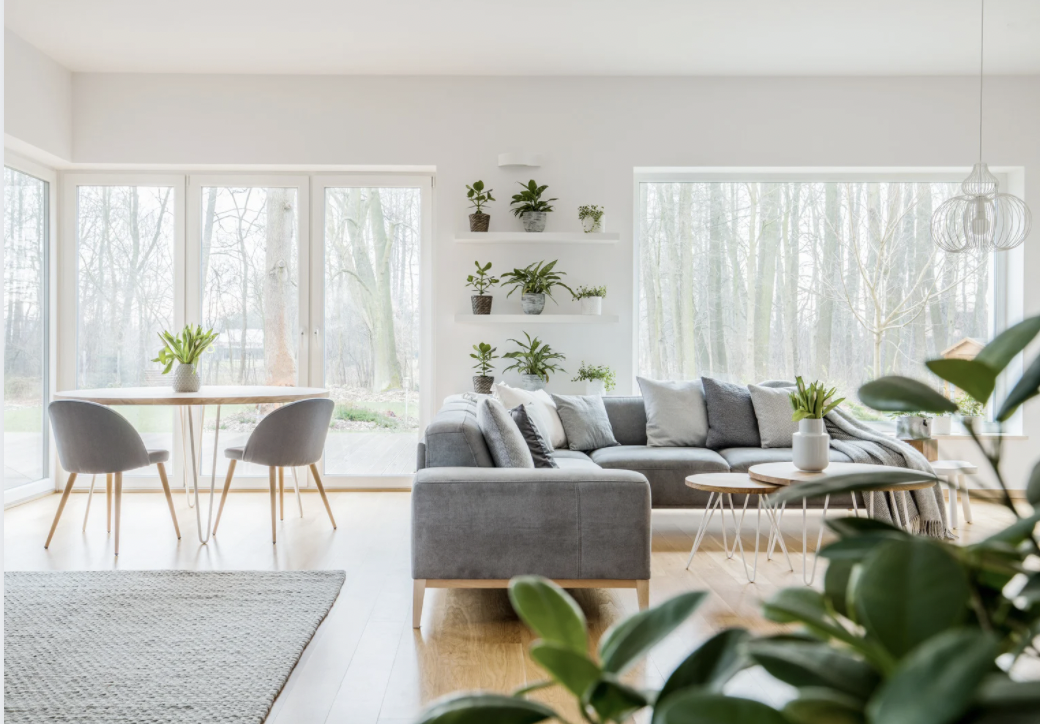Moisture, or dampness, is an issue for buildings and humans. Moisture in buildings creates a good environment for mold to grow. This affects the air quality. Moisture also weakens masonry joins and can cause wood rot, eventually causing structural issues inside your home. Alongside this, the mould caused by moisture releases spores into the air. These are breathed in by anyone living or visiting the property. The spores can cause a variety of health issues, especially in people prone to allergies. Subfloor ventilation can prevent moisture from happening in your home or buildings.
What is the purpose of subfloor ventilation?
In short, you want to keep moisture out of your home. Part of this means checking guttering and roofs. Eliminating standing water and leaks will reduce the amount of moisture in your home. You should also check the plumbing system in your home to ensure there are no leaks.

The Role of Underfloor Ventilation
Most homes have suspended floors, meaning there is a gap between your floor and the earth. Houses are designed this way to decrease moisture and even to help if flooding occurs.
The space under your floors should have ventilation holes of screens. The idea is that air is allowed to flow under the floor.
Why Air Movement Helps With Moisture
Warm air holds more moisture than cool air. The warm air releases the moisture when it comes into contact with something cooler, such as your floor. This creates moisture, which starts mould growth and allows the wood to rot.
If air moves under the floor, it will replace the warm air with cooler air. The cooler air is less capable of holding moisture and will, therefore, release less moisture to the floor or none.
The Right Ventilation System
Simply adding two ventilation holes with screens can move the air under your home. However, you will be reliant on a cross-wind pushing through under the floors. This cannot be precisely controlled. Sometimes it will work very well, other times not at all.
A good underfloor ventilation system will use a fan to either pull air into the space under the floor or push it out the other side. The opposing vent will have a one-way valve, allowing the air to enter or leave under where and what your fan is doing.
So The best thing about this system isn’t that you know you are moving air, it’s that you can set it to work overnight when the air is coolest. But This will maximize the warm air removal and lower the moisture content.
In Conclusion
While it can take other measures inside and outside your home, there is little doubt that a good subfloor ventilation system can prevent moisture and is the best and most useful starting point to keep your buildings in a healthy environment.
Other Posts You Might Enjoy:
Underfloor Heating or Radiators? What You Need to Know
3 Reasons Why Good Ventilation is Important in Your Home
7 Practical Tips for Building an Eco-Friendly Home
How to Maintain Your Roof Properly
Images Courtesy of Canva.





